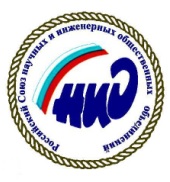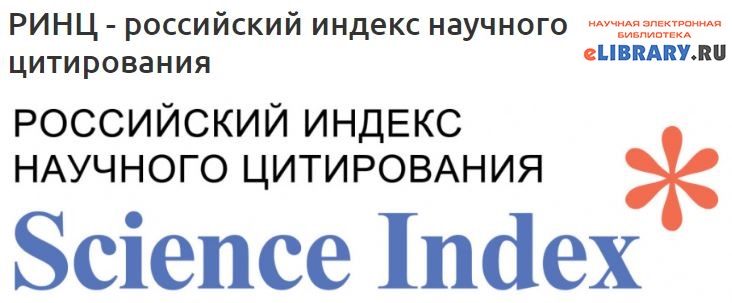To plant molluscocide production technology
DOI:
https://doi.org/10.47813/2782-2818-2022-2-1-57-61Keywords:
extraction, saponins, evaporation, Saponaria officinalisAbstract
Currently, the vast range of helminthoses of farm fish and animals is causing significant economic damage. Effective prevention is an important element in the fight against these diseases. An effective method of preventing helminthosis is the destruction by chemical means of shellfish - intermediate helminth hosts. Molluscocidal properties have decoction from leaves, stems and roots of medicinal soap (Saponária officinalis). The article describes the peculiarity of the procedure for preparing a molluscocide agent from this plant by cold alcohol extraction (maceration). The work used dried collection of roots, leaves, stems, flowers and soapwort seeds of medicinal S. officinalis, which was ground in a mortar to form powder (particle sizes 1... 3 mm). The powder was placed in a vessel of fermenter BioFlo to which 96% ethyl alcohol was added (1 g of dried collection per 100 ml of liquid). The speed of the impeller was 150 rpm. Inside the vessel, the temperature was 25 ± 2 ° C. The extraction process was carried out for 24 hours.The proposed technology enables to obtain a substance having high selective toxicity to mollusks. Its use in the form of a 1% solution causes the death of lymnaeids within 24 hours in the treated area. In the future, based on the obtained extract, it is possible to create a prophylactic molluscocide preparation that is inexpensive to manufacture and has low toxicity to humans and animals.
References
Горохов, В. В. Моллюскоциды и их применение в сельском хозяйстве / В. В. Горохов, В. С. Осетров. – Москва: Колос, 1978. – 224 с.
Клочкова, И. С. Исследование процессов получения сапонинов из корней Saponaria officinalis L. / И. С. Клочкова // Научные труды Дальневосточного государственного технического рыбохозяйственного университета. – Владивосток: ДГТРУ, 2011. – 141-145 c.
Юдина, Т. П. Характеристика малотоннажной установки для экстракции сапонинов из корней Saponaria officinalis L. / Т. П. Юдина, Е. И. Черевач, Ю. В. Бабин, И. С. Баркулова, Т. А. Сидорова, Е. В. Масленникова, Э. С. Гореньков, В. А. Головонец // Известия высших учебных заведений. Пищевая технология. – Краснодар: ГОУ ВПО КубГТУ, 2007. – 74-76 c.
Патент RU № 2003 128 328 Способ производства пищевого эмульгатора / О. И. Квасенков, А. Б. Тюрюков / Заявитель и патентообладатель Всероссийский научно-исследовательский институт консервной и овощесушильной промышленности. Опубликовано 27.03.2005 г.
Физер, Л. Стероиды. Перевод с английского. 4-е издание / Л. Физер, М. Физер – Москва: Мир. – 1964. – 982 с.
Андреянов, О. Н. Новые формы моллюскоцида в качестве профилактики гельминтозов сельскохозяйственных животных / О. Н. Андреянов, А. Н. Постевой, В. В. Горохов, А. В. Даниленко // Актуальные вопросы ветеринарной биологии. – 2018. – № 1(37). – С. 31-36.
Downloads
Published
How to Cite
Conference Proceedings Volume
Section
License
Copyright (c) 2022 Andrei V Danilenko, Alexey N Postevoy, Oleg N Andreyanov

This work is licensed under a Creative Commons Attribution 4.0 International License.
The journal MIST - "Modern Innovations, Systems and Technologies" publishes materials under the terms of the Creative Commons Attribution 4.0 International (CC BY 4.0) license, hosted on the official website of the non-profit corporation Creative Commons: 
This work is licensed under a Creative Commons Attribution 4.0 International License.
This means that users can copy and distribute materials in any medium and in any format, adapt and transform texts, use content for any purpose, including commercial ones. At the same time, the terms of use must be observed - an indication of the author of the original work and the source: you should indicate the output of the articles, provide a link to the source, and also indicate what changes have been made
























